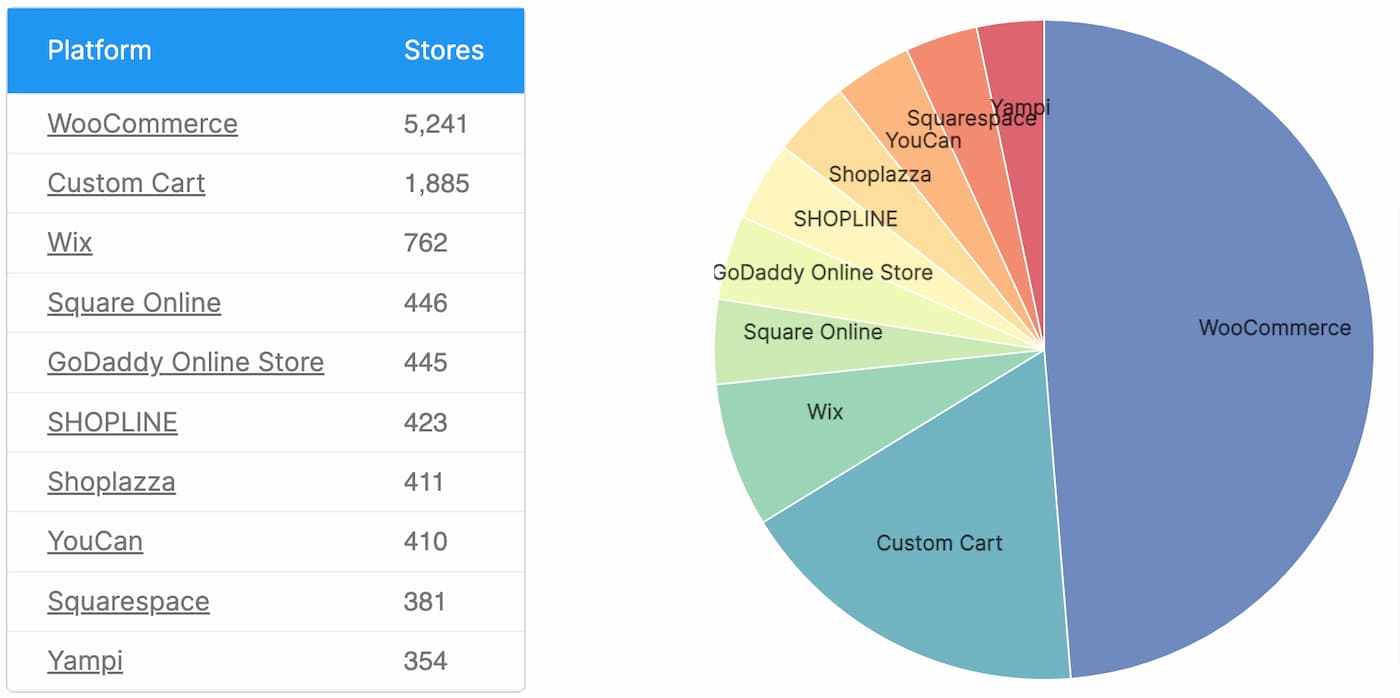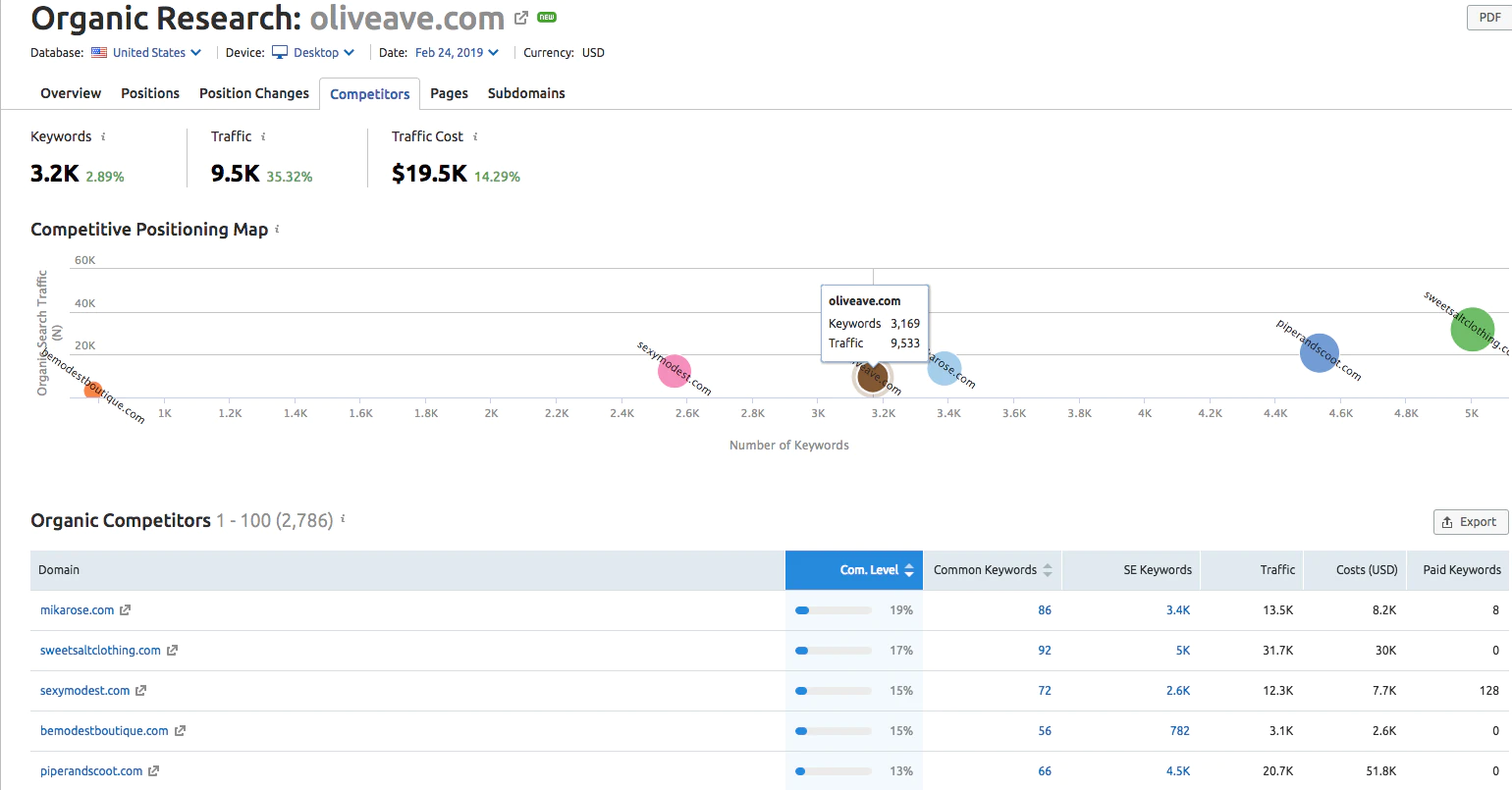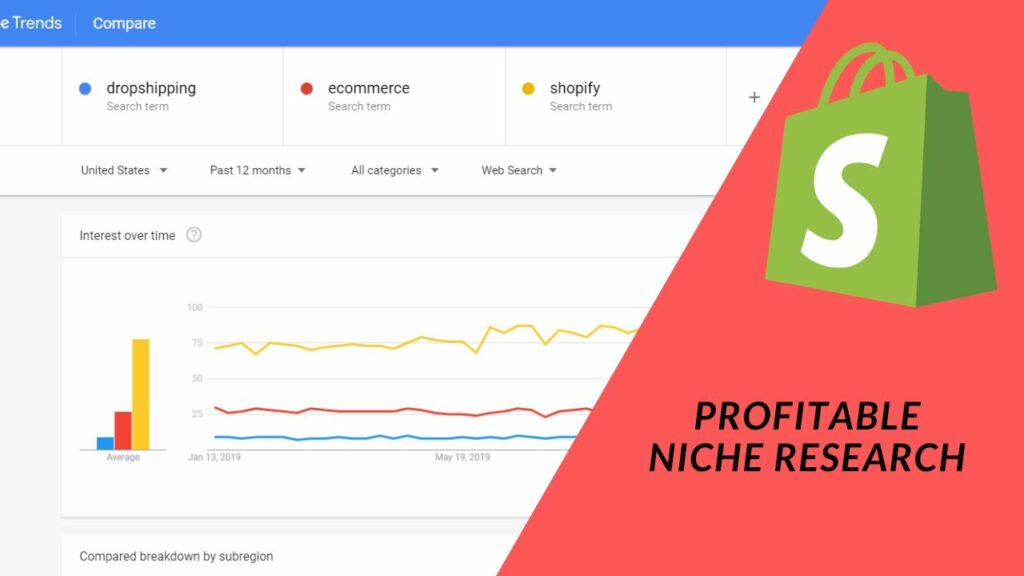In the bustling world of eCommerce, Shopify has emerged as a powerhouse platform for entrepreneurs looking to carve out their slice of the digital marketplace. Yet, amidst the vast array of opportunities, one critical aspect stands out: product discovery.
For Shopify store owners, the process of uncovering profitable products is akin to navigating a maze filled with both promise and peril. While the potential for success is immense, the challenges of identifying products that resonate with consumers and drive revenue can be daunting.
Hence, the purpose of this blog post is clear: to equip Shopify store owners with the strategies and insights needed to embark on a journey of effective product discovery. But before delving into the intricacies of strategy, it's essential to understand the significance of product discovery and the hurdles that lie ahead.
Understanding Market Trends

In the ever-evolving landscape of eCommerce, staying attuned to market trends is paramount for Shopify store owners seeking sustainable success. Here's how to navigate this crucial aspect:
Researching Market Trends and Consumer Preferences:
-
- Dive deep into industry reports, market analyses, and consumer behavior studies to grasp current trends and emerging preferences.
- Leverage Google Trends, social media listening tools, and industry forums to monitor conversations, sentiments, and topics of interest among your target audience.
Utilizing Tools and Platforms for Market Analysis:
-
- Harness the power of analytics tools like Google Analytics, Shopify's built-in analytics, and third-party analytics platforms to track website traffic, visitor demographics, and user behavior.
- Explore market research tools such as SEMrush, Ahrefs, and SimilarWeb to gain insights into competitors' traffic sources, keyword strategies, and content performance.
Identifying Niche Markets and Untapped Opportunities:
-
- Look beyond saturated markets and explore niche segments with less competition but high demand.
- Conduct keyword research to identify long-tail keywords and niche-specific terms that signify untapped opportunities.
- Engage with your audience through surveys, polls, and feedback mechanisms to uncover pain points, unmet needs, and niche market opportunities.
By diligently researching market trends, utilizing robust analytics tools, and exploring niche markets, Shopify store owners can position themselves at the forefront of industry shifts, seize untapped opportunities, and drive sustained growth and profitability.
Also Read This: How to Watch NESN Live on YouTube TV
Competitor Analysis

Understanding your competitors is essential for Shopify store owners to differentiate themselves in the crowded eCommerce landscape. Here's how to conduct effective competitor analysis:
Analyzing Competitor Products and Strategies:
-
- Study your competitors' product offerings, pricing strategies, and unique selling propositions (USPs).
- Identify their strengths, weaknesses, and areas where they excel or fall short.
- Analyze their marketing tactics, including social media presence, advertising campaigns, and content strategies.
Identifying Gaps and Areas for Differentiation:
-
- Look for gaps in the market or areas where competitors are underserving customers.
- Identify opportunities to differentiate your products through unique features, better quality, or enhanced customer experience.
- Consider factors like pricing, product quality, shipping speed, customer service, and brand reputation as potential areas for differentiation.
Leveraging Competitor Insights for Product Selection:
-
- Use competitor analysis to inform your product selection process.
- Identify products with high demand and low competition that align with your brand and target audience.
- Look for opportunities to improve upon existing products or offer alternatives that address customer pain points or preferences.
By conducting thorough competitor analysis, Shopify store owners can gain valuable insights into market dynamics, customer preferences, and areas for differentiation. This information can then be leveraged to make informed decisions about product selection, marketing strategies, and overall business growth.
Also Read This: How to Remove Your LinkedIn Account Completely
Customer Validation
Ensuring there's a demand for your products is crucial before investing time and resources into launching them on your Shopify store. Here's how to validate your product ideas effectively:
Gathering Feedback from Potential Customers:
-
- Engage with your target audience through social media channels, forums, or online communities to gauge their interest in your product ideas.
- Use Shopify's pre-launch landing pages to collect email addresses from interested customers and gather feedback.
Conducting Surveys, Polls, and Interviews:
-
- Create surveys or polls to gather insights into customer preferences, pain points, and purchasing behavior.
- Consider conducting one-on-one interviews with potential customers to delve deeper into their needs and motivations.
Validating Product Demand and Addressing Pain Points:
-
- Analyze the feedback and data collected to assess the level of demand for your products.
- Look for recurring themes or pain points mentioned by customers and prioritize product features or improvements that address these issues.
- Consider offering limited-time promotions or pre-orders to gauge interest and incentivize early adopters.
By validating your product ideas through customer feedback and data analysis, you can minimize the risk of launching products that fail to resonate with your target audience. This customer-centric approach ensures that you're offering products that meet real needs and preferences, setting the stage for success on your Shopify store.
